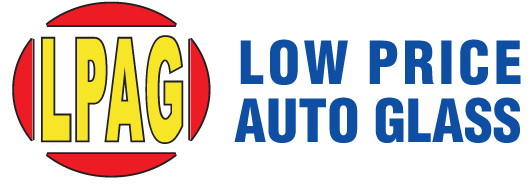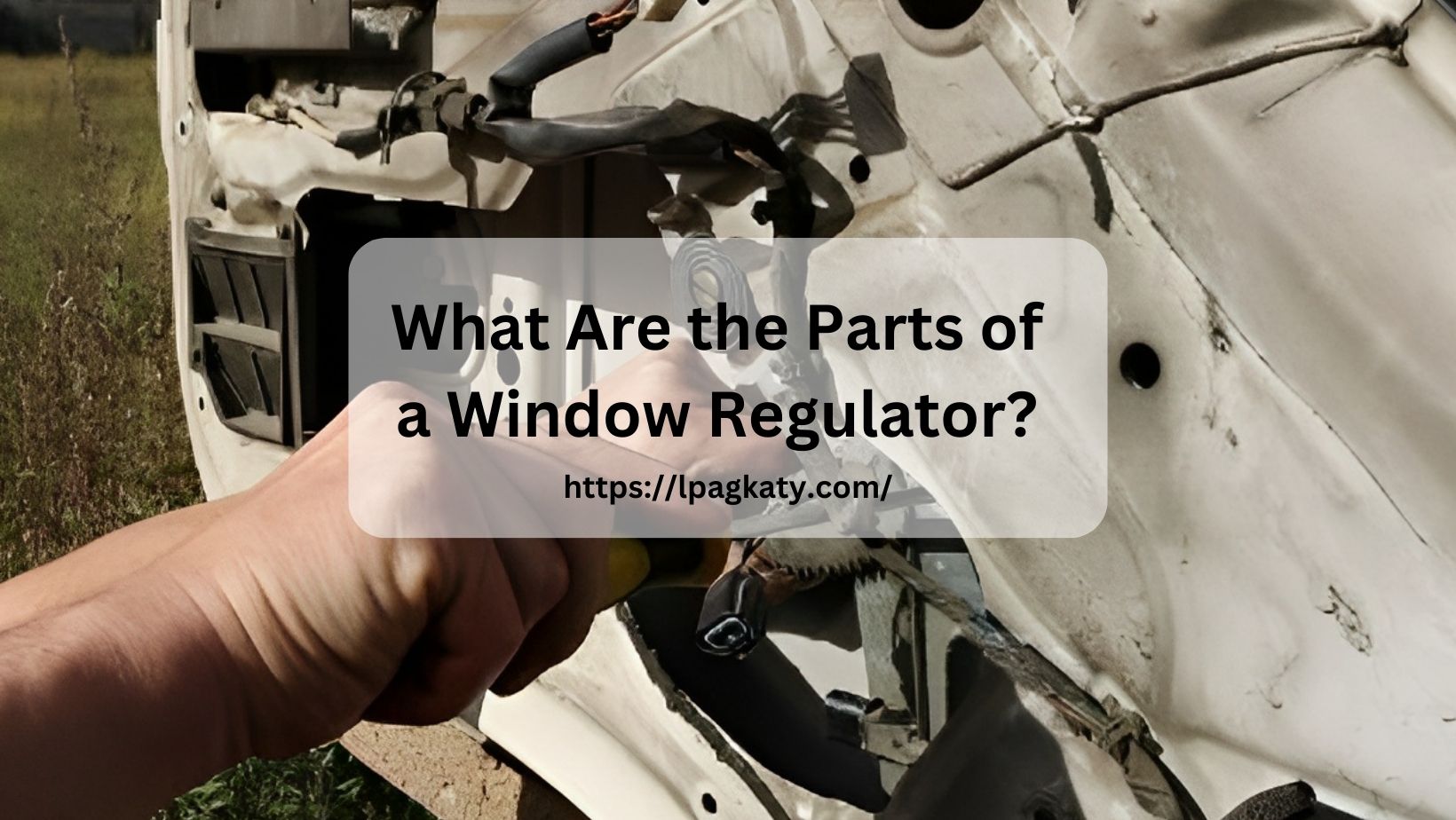When it comes to window regulators, understanding the complicated structure of this vital motorized component is essential. A window regulator consists of crucial parts that collaboratively facilitate the controlled movement of your car’s window glass. These integral components include the window motor, guide tracks, cables or linkage, and a scissor-like mechanism, all working in agreement to raise and lower the window. In this blog post, we’ll delve into the details of these window regulator parts, shedding light on the essential know-how for successful repairs and the restoration of hassle-free window operation. This guideline has tips to help with your next window regulator repair, whenever you want.
Parts of a Window Regulator:
A window regulator is a mechanical part that allows the up-and-down motion of your car’s windows. It is usually located in the door panel and handles the smooth operation of your windows. A typical window regulator consists of the following key parts:
1: Motor
The electric motor in a window regulator system is essential for translating electric power into mechanical motion. When you engage the window switch, the motor springs to life, starting a kit’s rotation and, ultimately, the regulator arm’s movement. This harmonious process easily raises or lowers the window, ensuring convenience and functionality. Restoring smooth and efficient operation during window regulator repair requires properly diagnosing and fixing the motor part of the window regulator.
2:Regulator Arm
The regulator’s arm serves as the essential link between the electric motor and the window glass in a window regulator system. When the motor drives the gear, the regulator’s arm swings into action, guiding the window along its exact track. This component plays an important role in maintaining the smooth and powerful operation of the window, ensuring it stays securely in place as needed.
3: Track and Rollers
In the window regulator system, the track and rollers play a crucial role in the seamless operation of the window. The track acts as a specialized guide, facilitating the smooth ascent and descent of the window glass. Rollers, usually made from materials like nylon, serve as friction-reducing agents that allow the glass to move smoothly in the track. These essential components work together to prevent problems, like jamming or unwanted vibrations, ensuring the window operates smoothly and without interruption. Regarding window regulator repair, addressing issues with the track and rollers is essential for restoring smooth and reliable window movement.
4: Slider
The slider, though small, serves as an essential link between the regulator arm and the window glass in a window regulator system. This unassuming component plays a dynamic role in effectively transmitting the arm’s motion to the glass. Thereby enabling specific control over the window’s movement; its presence ensures that the window responds appropriately to commands, contributing to the functionality and reliability of the window regulator mechanism.
5: Frame and Housing
The frame or housing acts as a secure enclosure for all these complex windows’ regulator components located within the interior of the door panel. Beyond mere containment, it is essential in providing stability and safeguarding the sensitive regulator components. The frame or housing supports the structural integrity of the entire system. In this way, it contributes to the system’s longevity and helps maintain the consistent and reliable operation of the window.
Are All Window Regulators the Same?
Many people ask if all window regulators are the same. The answer is no. Even though they all have the same purpose of moving car windows, there are significant differences between different car makes and models. Let’s look at some key differences:
1: Design
Window regulators come in different designs across various vehicles. There are two common types: cable-driven and scissor-type regulators. These design variations affect the window’s operation and repair methods. Cable-driven regulators use cables wound around drums to control the window’s motion, while scissor-type regulators use mechanical arms that expand and contract. Understanding these design differences is crucial for both manufacturers and repair specialists. It helps maintain the window regulator replacement using the proper techniques and components.
2: Compatibility
Not all cars can use every kind of window regulator. The regulator arm’s dimensions, mounting points, and design must match the specific vehicle model. Using the wrong regulator can result in incorrect addition and functionality issues.
3: Quality
The quality of window regulator replacement can differ significantly. Original Equipment Manufacturer (OEM) regulators are usually better and designed to accurate specifications. Aftermarket regulators may vary in terms of materials and durability.
4: Electric vs. Manual
Some cars have manual window regulators that require manual hand cranking, while others have electric regulators that use a motor for automatic operation. The choice between electric and manual depends on the car’s make and model.
In conclusion, understanding the components of a window regulator can help you understand the difficulty of this critical component. It’s important to note that not all window regulators are the same. By staying informed about your car’s parts and seeking expert help when needed, you can ensure that your power window regulator replacement operates smoothly and reliably.
Many people ask the million-dollar question of where to find a good window regulator replacement near me. It is best to trust your vehicles with a professional one, but it should cost you a fortune. So keep both things in mind for an ideal service.

 (832) 919-8884
(832) 919-8884







